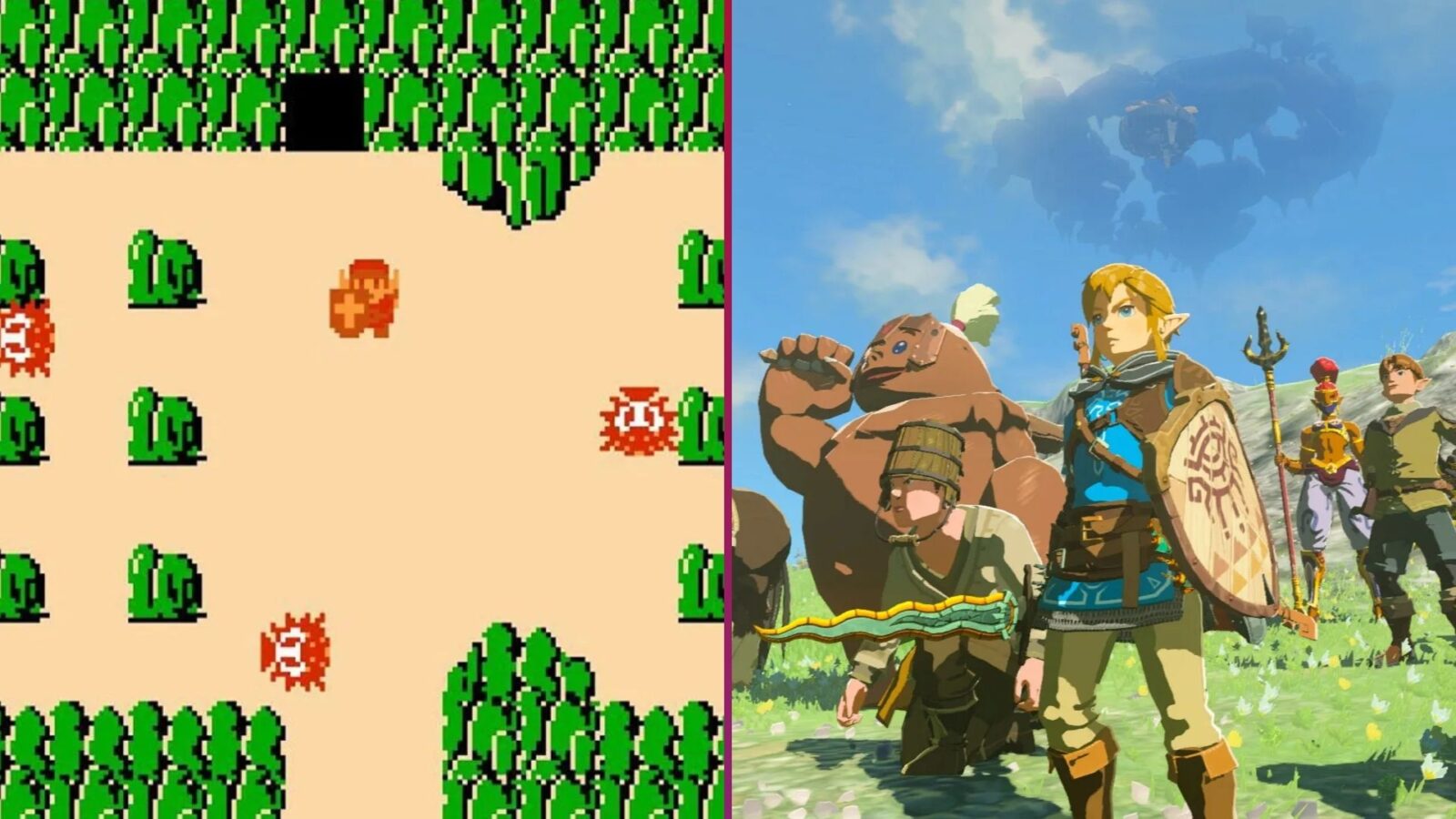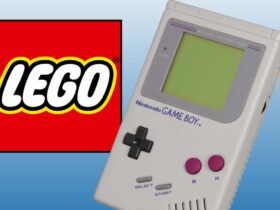Daftar Isi
Nintendo, a name synonymous with gaming innovation, has left an indelible mark on the world of video games. While their early days were dominated by pixelated adventures, it was their leap into 3D gaming that truly revolutionized the industry. In this article, we delve into Nintendo’s captivating journey from pixels to polygons, tracing the evolution of their iconic franchises and the impact of 3D gaming on players worldwide.
The Pixelated Beginnings
Nintendo’s illustrious gaming legacy traces back to its humble beginnings, where pixelated wonders laid the foundation for timeless adventures. Long before the era of high-definition graphics and immersive virtual worlds, titles like Super Mario Bros., The Legend of Zelda, and Metroid captivated players with their 8-bit charm and boundless creativity.
In these pixelated masterpieces, players embarked on epic journeys as heroic plumbers, courageous warriors, and intergalactic bounty hunters. They navigated through intricately designed side-scrolling landscapes, braving treacherous obstacles, defeating nefarious foes, and uncovering hidden secrets along the way. Each pixel-perfect sprite was imbued with personality and charm, evoking a sense of wonder and excitement that transcended generations.
Despite their simplistic visuals, these games offered rich gameplay experiences that captured the hearts of players worldwide. From the adrenaline-pumping platforming of Super Mario Bros. to the immersive exploration of The Legend of Zelda’s vast open world, Nintendo’s pixelated classics provided endless hours of entertainment and fostered cherished memories that endure to this day.
As we revisit these timeless treasures, we are reminded of the enduring appeal of Nintendo’s pixelated beginnings. Their nostalgic charm serves as a testament to the creativity and innovation that have defined Nintendo’s legacy, inspiring generations of gamers and shaping the landscape of modern gaming as we know it.
The 3D Gaming Revolution
The turning point came with the release of the Nintendo 64 in 1996. This console introduced players to a new dimension: 3D gaming worlds. Suddenly, Mario wasn’t just running left to right; he was exploring vast landscapes, leaping across platforms, and battling foes in three dimensions. The groundbreaking title Super Mario 64 set the standard for 3D gaming platformers, showcasing fluid movement, innovative camera angles, and immersive environments.
Nintendo continued to push boundaries with titles like The Legend of Zelda: Ocarina of Time and Star Fox 64. These games demonstrated the potential of 3D gaming storytelling, captivating players with epic quests, intricate puzzles, and memorable characters. The transition from pixels to polygons was complete, and gamers embraced the newfound depth and realism.
Read More: Nintendo’s Amiibo: Collectibles or Game-Changers?
The Impact on Players
3D gaming wasn’t just about aesthetics; it transformed gameplay dynamics. Players now had to consider depth, perspective, and spatial awareness. Jumping into a painting in Super Mario 64 felt like stepping into a magical realm. The thrill of exploring Hyrule in Ocarina of Time was unparalleled. Nintendo’s commitment to quality and innovation ensured that 3D gaming experiences were both accessible and captivating.
Recent Trends and Data
Fast-forward to today, and Nintendo continues to thrive in the 3D realm. The Nintendo Switch, with its hybrid design, seamlessly transitions between handheld and TV modes, offering players a diverse range of 3D experiences. Titles like Super Mario Odyssey, The Legend of Zelda: Breath of the Wild, and Splatoon 2 showcase the company’s unwavering commitment to pushing the boundaries of 3D gaming.
According to recent data, 3D gaming remains a dominant force. The global gaming market is projected to reach $200 billion by 2023, with a significant portion attributed to 3D titles. Nintendo’s unique blend of nostalgia, innovation, and gameplay continues to resonate with players of all ages.
Conclusion
Nintendo’s journey from pixels to polygons exemplifies their ability to adapt, innovate, and captivate generations of gamers. As we celebrate their legacy, let’s raise our virtual controllers to the pioneers who transformed gaming from flat screens to immersive 3D worlds. Here’s to Nintendo – the architects of our digital dreams.

































